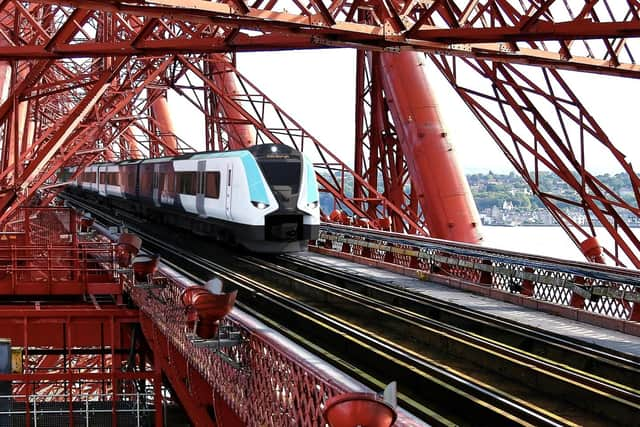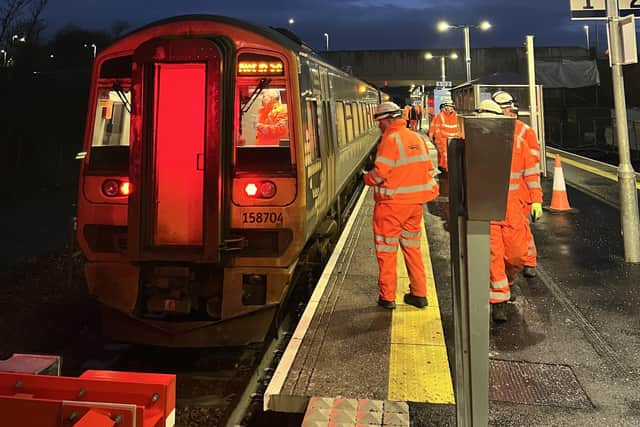Will scrapping ScotRail’s diesel trains by 2035 be the SNP’s latest failed transport target? – Alastair Dalton
Two years ago, I recall the palpable excitement among train manufacturers that the Scottish Government’s world-leading plans to scrap diesel trains were on the cusp of being converted into the country’s biggest train orders for years.
But how the atmosphere had changed at the same Rail Scotland conference in Glasgow last week.
Advertisement
Hide AdAdvertisement
Hide AdIn the midst of the Covid pandemic in 2020, Transport Scotland announced a bold “Rail Services Decarbonisation Action Plan” which would see the entire ScotRail fleet run on zero-emission power such as electric, battery and hydrogen by 2035.


Train makers told me it could make Scotland a global leader in the industry as plans were drawn up involving three orders for new fleets totalling 150 trains.
Various manufacturers were keen to show off their wares, with Siemens inviting me to a former RAF base near Dusseldorf in Germany last year to see its battery and hydrogen being put through their paces on its test track.
The company confirmed how ambitious it thought Scotland’s timescale was – five years ahead of England’s and a decade ahead of Germany’s. But I was taken aback by the language it used, describing the target as “very aggressive”.
In response, Transport Scotland peddled back by talking about the need to review its plans in the light of financial pressures, and it subsequently announced that its decarbonisation action plan would be “refreshed”.


A year on, and was there an update on that from Transport Secretary Fiona Hyslop at the Rail Scotland conference last Thursday? No – she said the “refresh” was still under way and would not be published until “later this year”.
That the 2035 target has every chance of being extended was reflected by the minister characterising decarbonisation as a “long-term commitment”. As one official put it to me: “We’re skint”.
If ordering new trains is on hold, so also seems to be key work on the accompanying electrification of more of the network.
Advertisement
Hide AdAdvertisement
Hide AdPreparatory work between Edinburgh and the Forth Bridge on the line to Fife and Aberdeen, which had been planned for the 2022 festive period, was shelved at short notice because then transport minister Jenny Gilruth was concerned at the impact on passengers of the route being closed for several days.
There’s been no word since as to when the project will be rescheduled, so I took the opportunity of asking an engineer working on the electrification scheme, who was on a panel at the conference. To laughter from the audience, he said: “Good question. You probably know as much as I do.”
Decarbonising Scotland’s rail network in itself is not a huge deal in the grand scheme of things since 75 per cent of ScotRail’s services already run on electric power, although making trains an attractive alternative to the car is important.
The key point is credibility. It’s fine to set ambitious transport targets, but the more that are missed, the less credible they become. Ministers wanted 10 per cent of journeys by cycle by 2020, the A9 between Inverness and Perth fully dualled by 2025 and road traffic reduced by 20 per cent by 2030.
My conclusion? Be bold, but be prepared for far more scrutiny and scepticism in the future.
Comments
Want to join the conversation? Please or to comment on this article.